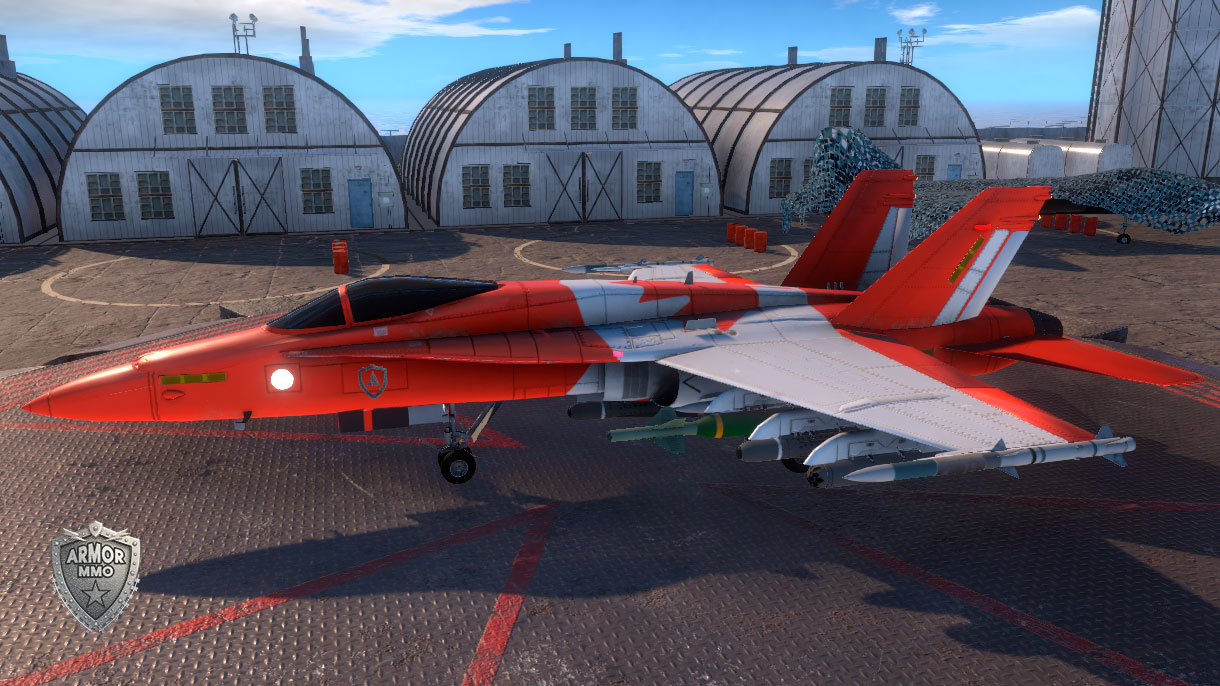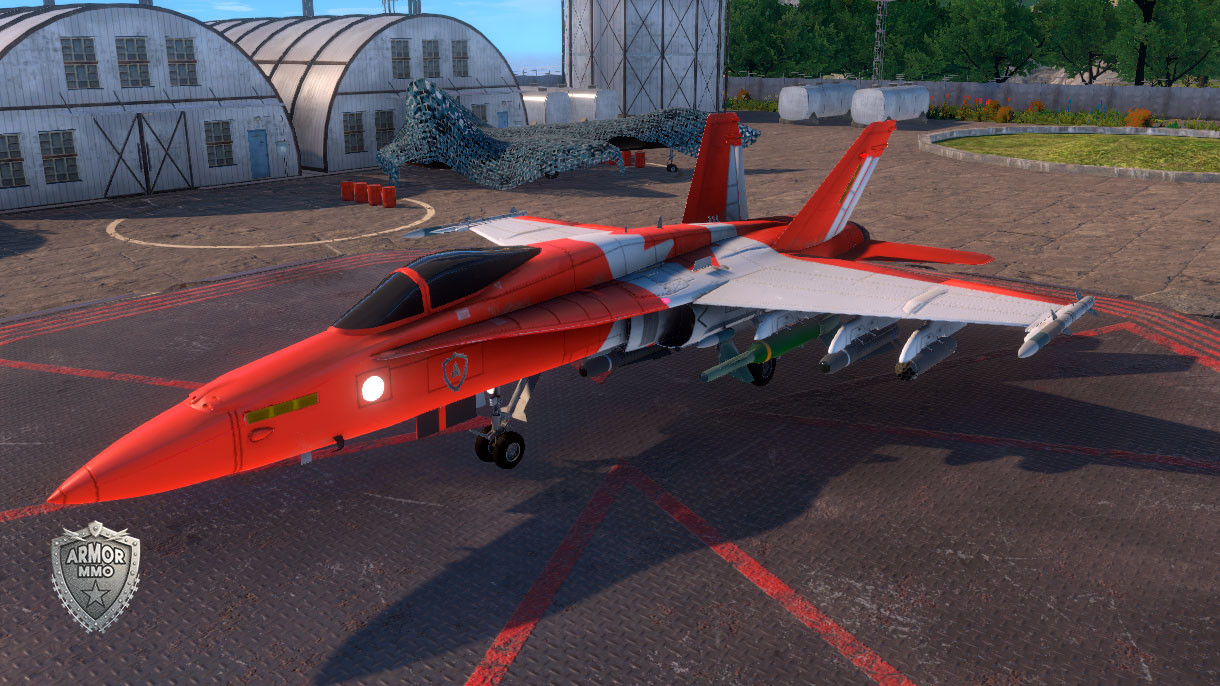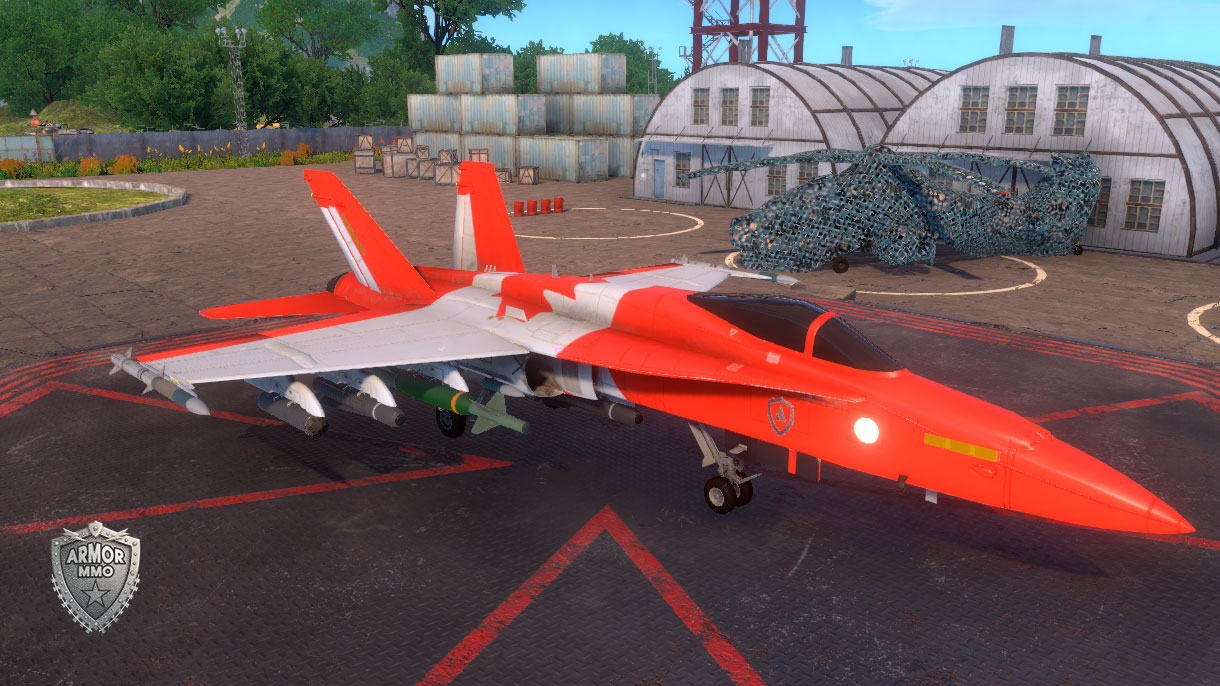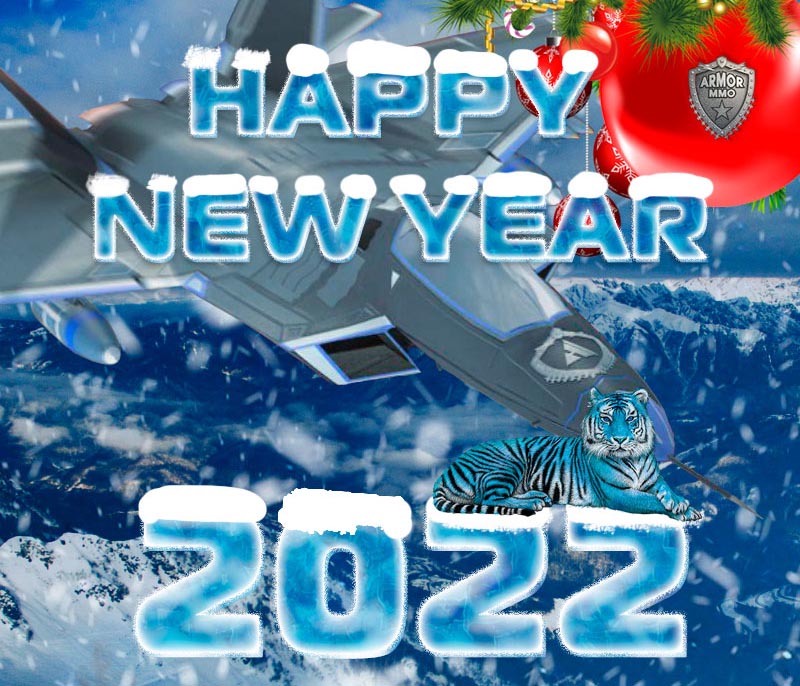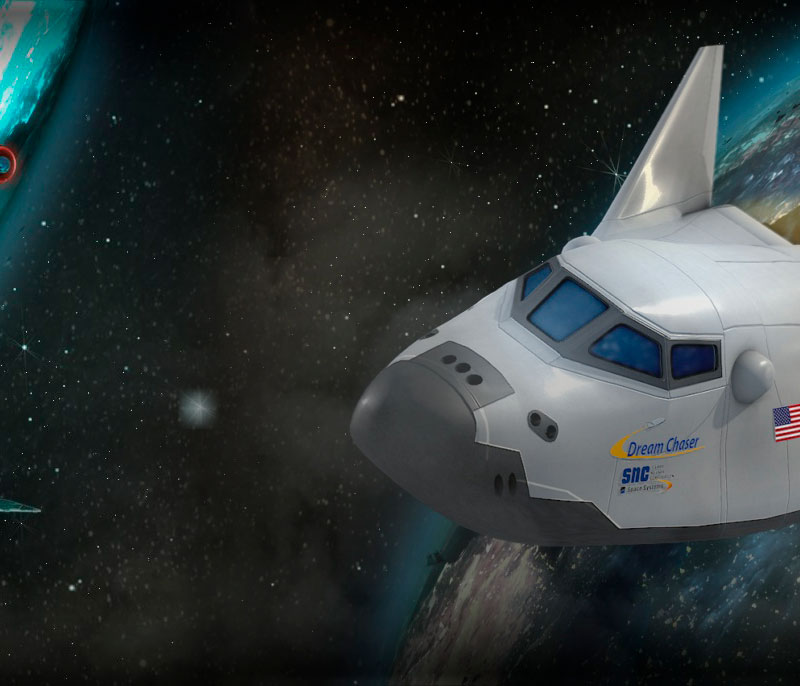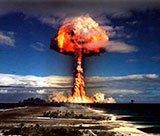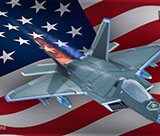Airplane Canadair CF-18 Hornet
| Service History | ||
|---|---|---|
| Type | Multirole fighter | |
| Place of origin | United States | |
| Manufacturer | McDonnell Douglas / Boeing | |
| First flight | 18 November 1978 | |
| Introduction | 7 January 1983 | |
| Status | In service | |
| Primary user | Royal Canadian Air Force | |
| Number built | 138 | |
| Developed from | McDonnell Douglas F/A-18 Hornet | |
| General characteristics | ||
| Crew | 1 or 2 | |
| Length | 56 ft 0 in (17.07 m) | |
| Wingspan | 40 ft 0 in (12.19 m) | |
| Height | 15 ft 4 in (4.67 m) | |
| Wing area | 400 sq ft (37 m2) | |
| Airfoil | root: NACA 65A005 mod; tip: NACA 65A003.5 mod | |
| Empty weight | 23,049 lb (10,455 kg) | |
| Gross weight | 37,150 lb (16,851 kg) | |
| Powerplant | 2 × General Electric F404-GE-400 afterburning turbofan engine, 10,000 lbf (44 kN) thrust each dry, 16,000 lbf (71 kN) with afterburner | |
| Max takeoff weight | 51,550 lb (23,383 kg) | |
| Performance | ||
| Maximum speed | 979.5 kn (1,127.2 mph, 1,814.0 km/h) | |
| Combat range | 290 nmi (330 mi, 540 km) hi-lo-lo-hi | |
| Ferry range | 1,800 nmi (2,100 mi, 3,300 km) | |
| Service ceiling | 50,000 ft (15,000 m) | |
| Rate of climb | 50,000 ft/min (250 m/s) | |
| Armament | ||
| Nine weapon/store stations (5 pylons: 1 under fuselage and 4 wing stations) carrying up to 13,700 lb (6,215 kg) of missiles, rockets, bombs, fuel tanks, and pods 2 LAU 116 on sides of fuselage: deploy AIM-7 Sparrow and AIM-120 AMRAAM missiles; 2 LAU 7 on the wing tips: deploy AIM-9 Sidewinder missiles 1 × 20 mm M61A1 Vulcan internal Gatling gun with 578 rounds, with a firing rate of 4,000 or 6,000 rounds per minute | ||
| Missiles and rockets | Air-to-air: AIM-9 Sidewinder, AIM-120 AMRAAM, AIM-7 Sparrow missiles Air-to-ground: AGM-65 Maverick missiles, CRV7 rockets, AGM-88 Anti-Radiation Missile | |
| Bombs | Mk 82, Mk 83 and Mk 84 unguided bombs; Paveway GBU-10, -12, -16 and -24 laser guided bombs; JDAM GPS bomb guidance kits; AGM-154 JSOW glide bombs. | |
The McDonnell Douglas CF-18 Hornet (official military designation CF-188) is a Royal Canadian Air Force (RCAF) variant of the American McDonnell Douglas F/A-18 Hornet fighter aircraft. In 1980, the F/A-18 was selected as the winner of the New Fighter Aircraft Project competition and awarded a production order; deliveries of the CF-18 to the Canadian Armed Forces began in 1982.
CF-18s have supported North American Aerospace Defense Command (NORAD) air sovereignty patrols and participated in combat during the Gulf War in 1991, the Kosovo War in the late 1990s, and as part of the Canadian contribution to the international Libyan no-fly zone in 2011. CF-18s were also part of the Canadian contribution to the military intervention against ISIL, Operation Impact.
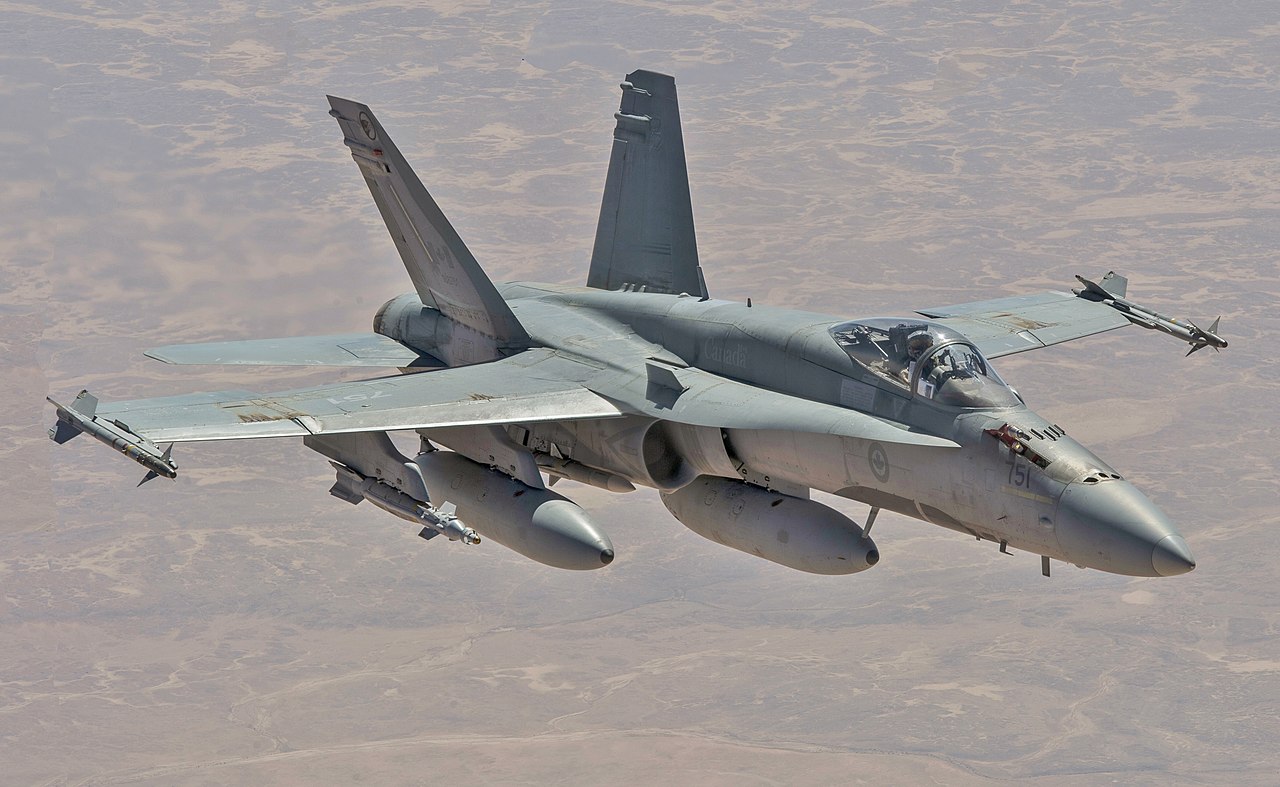
Development
In 1977, the Canadian government identified the need to replace the NATO-assigned CF-104 Starfighter, the NORAD-assigned CF-101 Voodoo and the CF-116 Freedom Fighter (although the decision was later made to keep the CF-116). Subsequently, the government proceeded with the New Fighter Aircraft (NFA) competition, with a purchase budget of around C$2.4 billion to purchase 130–150 of the winner of the competition. Candidates included the Grumman F-14 Tomcat, McDonnell Douglas F-15 Eagle, Panavia Tornado, Dassault Mirage F1 (later replaced by the Mirage 2000), plus the products of the American Lightweight Fighter (LWF) competition, the General Dynamics F-16 Fighting Falcon, the F/A-18 Hornet, and a de-navalized version of the Hornet, the F-18L. The government stressed that the winner of the competition be a proven off-the-shelf design and provide substantial industrial benefits as part of the order.
Operational history
The first two CF-18s were formally handed over to 410 (Operational Training Unit) Squadron at CFB Cold Lake, Alberta on 25 October 1982.[26] Further deliveries equipped 409, 439, and 421 Squadrons at Baden-Soellingen in then West Germany, the 410 Operation Training Unit, No. 416, and No. 441 Squadrons at Cold Lake, and 425 and 433 Escadrons (Squadrons) at CFB Bagotville, Quebec. Introduction into Canadian service was initially problematic due to early issues with structural fatigue which delayed initial deployment. As the initial bugs were worked out, the CF-18 started filling the NORAD interception and NATO roles as intended.
More info:: en.wikipedia.org


